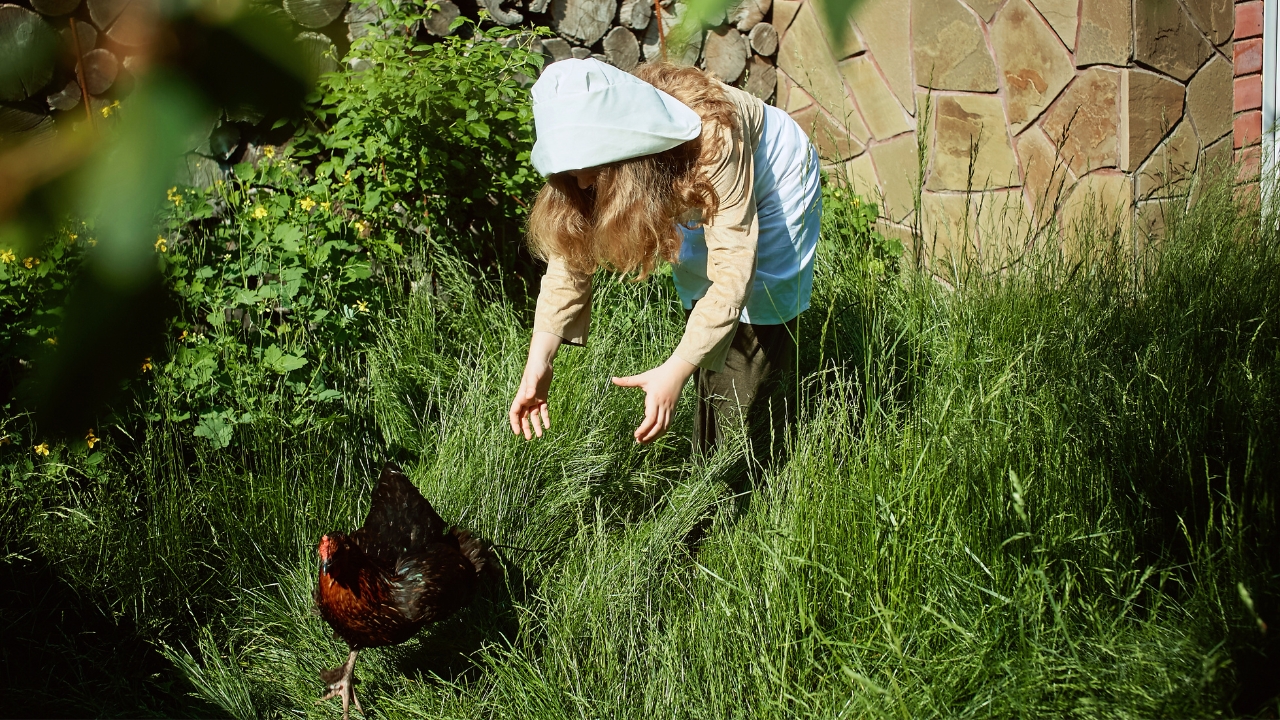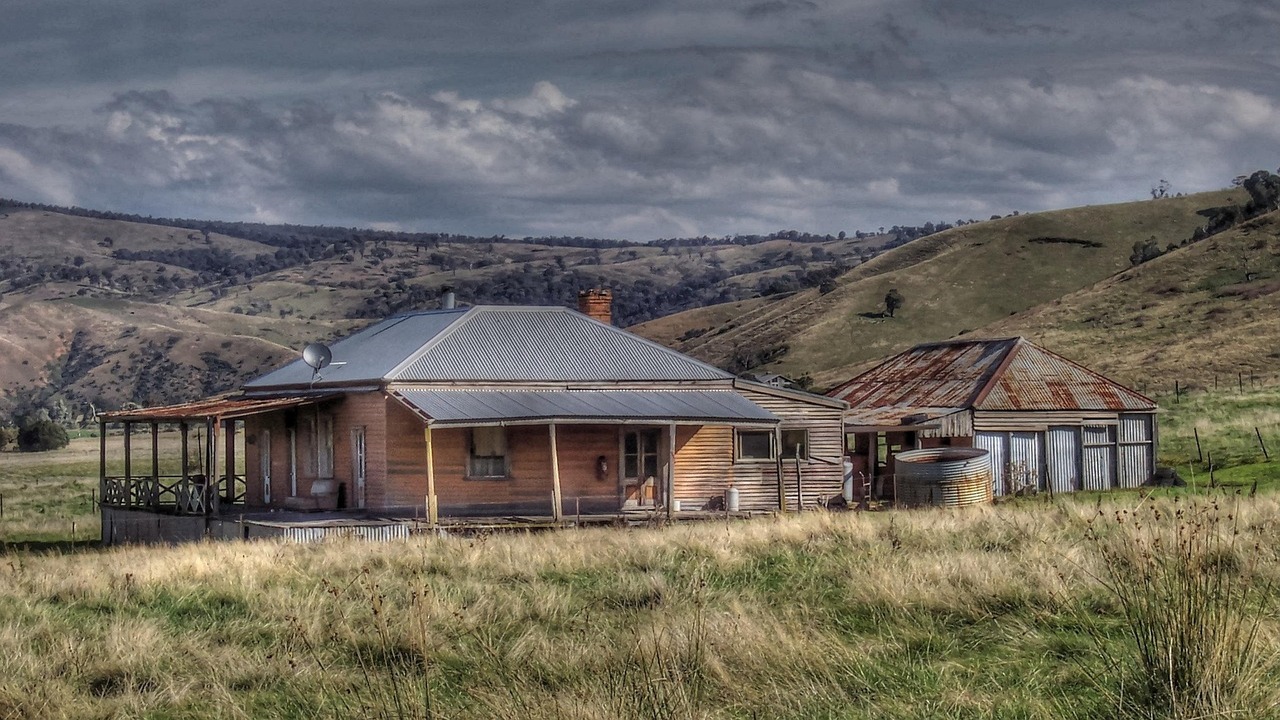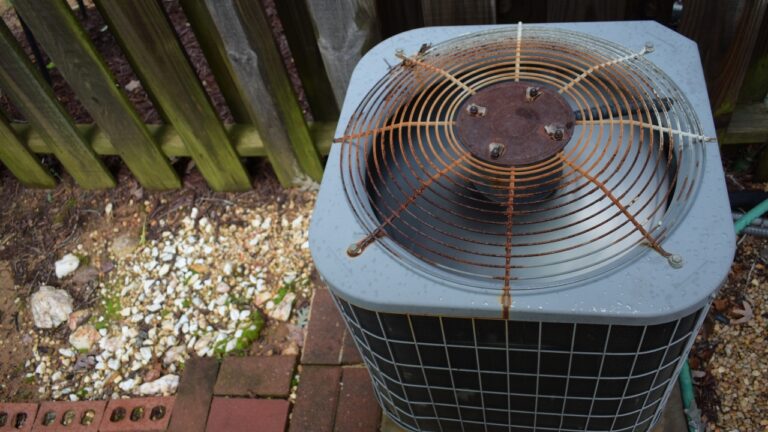You can’t build a homestead on a dream alone – here’s what you need to know
Everyone loves the idea of homesteading—the wide-open space, the slower pace, the thought of growing your own food and raising animals. It sounds like the perfect life. But once the dust settles and the novelty wears off, reality hits hard.
Land doesn’t take care of itself, animals don’t follow your plans, and dreams alone won’t keep a property running. You don’t need to have it all figured out to start, but you do need to know what you’re walking into.
You need more time than you think
Homesteading looks peaceful from the outside, but it’s constant work. Animals need feeding twice a day, fences need fixing, and projects always take longer than planned. If you’re working full-time or raising kids, the time squeeze can feel relentless.
Before you start, be honest about what you can actually handle in a day. You don’t need to do it all at once. Start small—a garden bed, a few chickens—and expand as you learn what fits into your real schedule, not the one you wish you had.
You’ll spend money before you save it
The idea that homesteading instantly saves money is a myth. Fencing, tools, feed, lumber, and water setups add up fast. Even gardening can get expensive when you factor in soil, seeds, and equipment.
Yes, homesteading can save you money over time, but the first few years are about investing. Be ready for upfront costs, unexpected repairs, and projects that go over budget. The dream pays off—but only after you’ve built the foundation.
You need to understand your land
Not every property is ready for livestock, gardening, or building projects. Some land floods easily, lacks water access, or has poor soil. Before buying or building, study the layout. Walk it after a heavy rain, check the sunlight patterns, and test the soil.
The more you know before committing, the less regret you’ll have later. Too many people buy land based on the view, only to realize they can’t grow or build where they want to.
You’ll have to learn skills the hard way

You can read books and watch tutorials all day, but nothing replaces hands-on experience. You’ll learn how to fix water lines at dusk, chase chickens that escaped a pen, and handle tools you’ve never used before.
It’s frustrating, humbling, and rewarding all at once. Every mistake teaches you something you’ll use again—and the learning curve never really stops. The sooner you accept that, the less discouraged you’ll be when things go sideways.
You’ll need systems, not just motivation
Motivation will get you started, but systems keep things running. Feeding animals, collecting eggs, rotating compost, watering gardens—it all needs routine. Without structure, it’s easy to fall behind and feel buried in chores.
Set up habits early. Use labeled bins, create checklists, and automate what you can. Homesteading is unpredictable, so the more consistent you can make the basics, the smoother your days will go.
You need a plan for water
City water spoils you. On a homestead, it’s everything. Wells, rainwater collection, and irrigation all take setup and maintenance. If your property doesn’t already have a reliable source, that should be your first priority.
You’ll need water not just for yourself but for animals, gardens, and cleaning equipment. Plan for redundancy—because pumps break and dry spells happen. The best homesteads have backup options ready before they’re needed.
You’ll need backup power eventually
It’s one of those things you don’t think about until the first outage. Freezers full of food, electric fences, and well pumps all depend on power. A small generator or solar setup can save you a lot of stress when the grid goes down.
Even if you don’t go fully off-grid, being partly self-reliant gives you peace of mind. Power loss isn’t rare in rural areas, and it always happens at the worst time.
You’ll have to let go of perfection
Homesteads are never “done.” There will always be weeds in the garden, projects half-finished, and tools left out somewhere. Perfection doesn’t survive in real dirt.
If you chase the ideal image you see online, you’ll burn out. The goal isn’t a picture-perfect property—it’s progress, however slow it comes. A little each week adds up more than you think.
You need to be adaptable
Weather changes plans. Animals get sick. Equipment fails. You’ll constantly adjust, improvise, and rethink your setup. If you’re someone who needs things to go exactly as planned, homesteading will test you.
The people who stick with it are the ones who stay flexible. They learn to pivot when something breaks and laugh when it rains on fresh-cut hay. You can’t control nature—you can only work with it.
You’ll need community, even if you want solitude

Most people move to land for peace and privacy, but the truth is, you’ll still need people. A neighbor with a tractor, someone who can lend a tool, or a local farmer with advice—those connections make the difference between surviving and thriving.
You don’t have to be social, but you do need a network. A few good neighbors can save you days of work, teach you local tricks, or help when something breaks and you can’t fix it alone.
Building a homestead takes grit, patience, and a willingness to learn the hard way. The dream gets real fast—but that’s also what makes it worth it. Once you push past the shock of how much there is to do, you start to build something lasting: a life that actually works for you, not one you’re constantly trying to escape.
Like Fix It Homestead’s content? Be sure to follow us.
Here’s more from us:
9 small changes that instantly make a house feel high-end
The $60 Target haul that made my house feel way more put together
*This article was developed with AI-powered tools and has been carefully reviewed by our editors.







